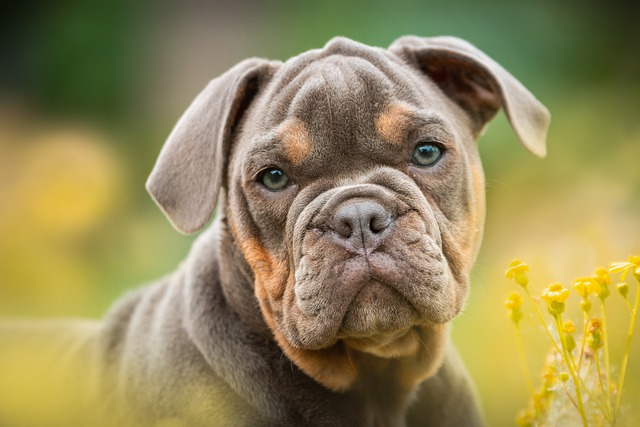
How do i train my dog to be obedient?
Watching your dog dart across the park ignoring your calls isn’t just frustrating—it can put them at risk near busy streets or public spaces.
Maybe you've noticed your fuzzy little ball of energy suddenly turning into a tiny tornado—ignoring commands, darting after every squirrel, and acting like “sit” is a foreign language. That's not your imagination. Most trainers agree the trickiest window hits around 4 to 6 months old.
This stage hits when puppies start teething, their brains race with curiosity, and independence kicks in hard. One minute they're nuzzling your hand for treats; the next, they're gnawing your favorite shoes like it's their job. Focus? Gone. Recall? A joke. It's like dealing with a toddler who just discovered running—except this toddler has sharp teeth and no concept of “no.”
Part of the chaos comes from biology. Their bodies are growing fast, and those new muscles mean they can zoom faster and jump higher. Mentally, they’re soaking up the world, but that also means every bird, rustle, or passing kid becomes a priority over your “down” command.
 Here's where local norms matter. When you're out training, keeping them leashed in public spaces isn't just polite—it's often required. That wiggly pup pulling toward a neighbor's garden? Calming them down teaches impulse control and keeps you on the right side of local ordinances. Always pack those waste bags, too—letting them relieve themselves unchecked can land you fines in many areas.
Here's where local norms matter. When you're out training, keeping them leashed in public spaces isn't just polite—it's often required. That wiggly pup pulling toward a neighbor's garden? Calming them down teaches impulse control and keeps you on the right side of local ordinances. Always pack those waste bags, too—letting them relieve themselves unchecked can land you fines in many areas.
Punishment won't work here. Yelling or scolding just confuses them, and in some places, harsh training methods face stricter scrutiny these days. Instead, keep treats handy—tiny, smelly ones they can’t resist. When they pause mid-zoom to glance at you? Reward that split-second of focus. It builds trust, which matters more than any single command.
Socialization gets trickier now, too. They might suddenly shy away from new dogs or bark at strangers, a far cry from their earlier “love everyone” phase. But skipping those interactions can lead to bigger issues later. Find local puppy classes—many are structured to follow community guidelines on group sizes and vaccine requirements, so you know you’re in safe, compliant hands.
Patience isn't just a virtue here; it's the secret weapon. That 5-month-old who ignores your “come” today? With consistent, positive reinforcement, they'll get it. Remember, every pup matures differently—some breeze through this stage, others need a little extra time.
And don't forget: Training isn't just about commands. It's about raising a dog who fits smoothly into your neighborhood—who greets kids gently, stays quiet during evening walks, and makes you proud at the park. That’s the end goal, even when it feels like you’re going in circles.
So breathe. This phase passes. And when it does, you'll look back at those chaotic weeks and laugh—especially when your well-trained adult dog finally listens the first time.

Watching your dog dart across the park ignoring your calls isn’t just frustrating—it can put them at risk near busy streets or public spaces.

New puppy owners often find themselves rushing to clean up accidents before they set in, and that’s where puppy pad training becomes a game-changer.

If you've noticed your dog's waistline disappearing and your veterinarian has mentioned those few extra pounds, your first instinct might be to simply reduce the amount of food in their bowl.

Training a dog to use a designated spot indoors isn’t as daunting as many new owners fear, but it does take consistency and an understanding of your pet’s needs.

That moment of dread on a walk is all too familiar for many new dog owners. You see another dog approaching down the sidewalk of your neighborhood

If the sight of another dog on your neighborhood walk makes your heart sink as your own dog erupts into a frenzy of barking and lunging, you're not alone.